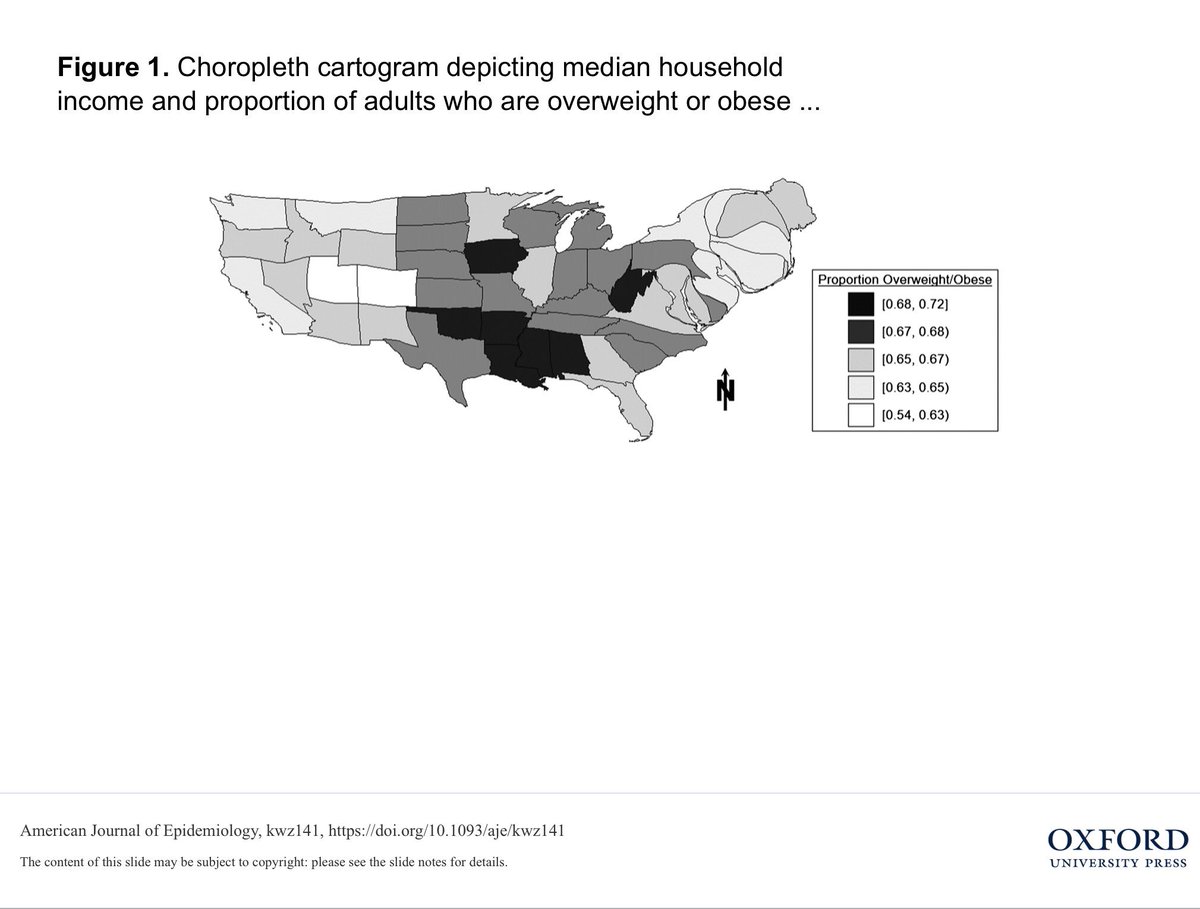For this week’s #epichat with @epiellie, let’s talk about descriptive epi!
#epiellie

How often do you do descriptive epidemiology in your work or research?
(click to see poll options)
Tables are boring but do the job for “who” and “what”;
Graphs can be a good tool for “when”
Maps are the easiest way to describe “where”
But these all get tricky if you want covariates!
academic.oup.com/aje/advance-ar…
A big one: maps by definition display what we in epi call “ecological data” — that is, group-level info which may not be relevant to individual-level.
What innovative tools have you used to display multi-variable information on distributions?
How have you combined them to display multiple aspects of the distribution — where & who, when & what, etc?
#govepi






